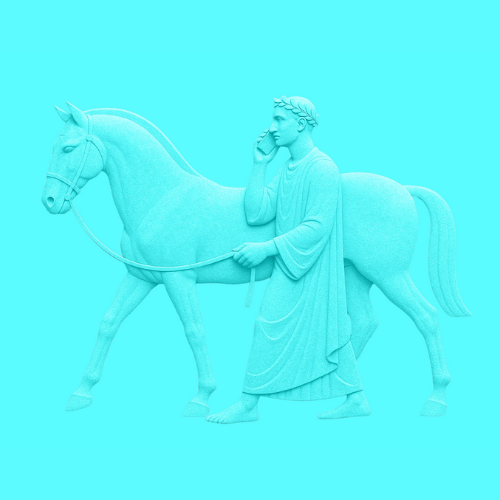What is a customer journey map?

A customer journey map (or user journey map) is a visualization of the process that a user goes through to accomplish a goal while using a product or service. Customer journey maps help envision the entire experience from the user’s standpoint, offering the product teams valuable insights that can help them optimize the user experience according to their needs.
From gaining awareness of a brand via social media to receiving an email after a successful transaction, there are usually many and varied steps in between. It is not something to assume or predict based on your internal perspective. A customer journey is very specific to the physical experiences your customers have.
Thus, the best way to understand the journeys of your customers is by asking them.

Why is a journey map important?
The customer journey can rarely be represented in a linear journey from point A to point B because buyers often take a back and forth, multi-channel journey. This makes customer journey mapping difficult to accurately visualize.
Because of this reason, smart business leaders use a various methods to create the journey, from post-it notes on a boardroom wall, to Excel Spreadsheets, to infographics. The important thing to remember is that the map makes sense to those who'll be using it.
However, before you can start creating your customer journey map, you will first need to collect data from your customers and prospects. The process of making an effective customer journey map is expansive but valuable.
Main components of a customer journey map:
While journey maps come in different formats, they typically contain the following elements.
- User persona. The user who experiences the journey.
- Scenario. The actual journey that a user persona takes.
- Goals. What the user persona expects to accomplish at the end of the journey (the outcome).
- Journey steps. User steps that describe the actual experience. At each step of the journey, the user persona makes specific actions, has certain thoughts, and feels certain emotions. This part of the journey map can be supplemented with real user quotes or videos of interaction with a product from user research.
- Opportunities. Insights gained from mapping that help a product team understand how to optimize the user experience. When no opportunities are identified, the journey map is not actionable.
- Internal ownership. Ownership makes it clear who will introduce changes to the product based on identified opportunities. Without ownership specified, there is no accountability for change.
Opportunities and internal ownership are crucial elements for turning journey maps from design artifacts that visualize a journey into an action plan for introducing changes that create a better user experience for end users.
How to make an effective customer journey map?

.webp)
.png)

.png)
.png)



